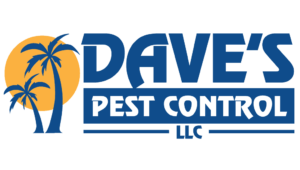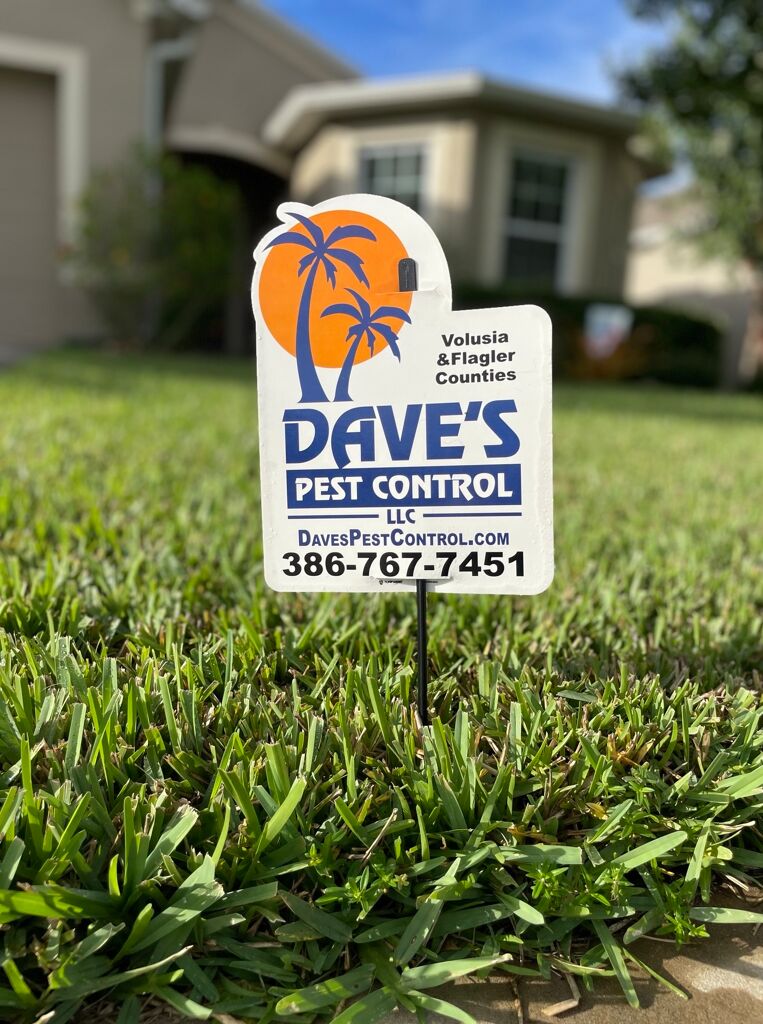
Florida’s lush landscapes and subtropical climate create an ideal canvas for cultivating vibrant and healthy lawns. Maintaining an aesthetically pleasing and resilient lawn in the Sunshine State involves strategic practices such as spring fertilization, weed control, and disease management. In this essay, we explore the essential elements of fostering flourishing lawns in Florida, emphasizing the significance of a well-rounded approach to achieve optimal results.
At Dave’s pest control, we are committed to maintaining the lush vibrancy of your lawn through our bi-monthly service, ensuring it stays green, healthy, and free from weeds. Our industry-leading custom-tailored fertilization programs set the standard, matched by the expertise of our skilled and highly trained technicians. Proudly, serving Volusia, Seminole, lake, Orange, and Flagler counties, we bring unparalleled care to your lawn, making it the epitome of health and beauty.

Spring Fertilization:
Spring marks a crucial period for nurturing Florida lawns, and strategic fertilization plays a pivotal role. As temperatures rise and daylight hours extend, grasses reawaken from winter dormancy, demanding a nutrient boost to support robust growth. Fertilization during this season aims to replenish soil nutrients, enhance grass color, promote root development, and fortify the turf against potential stressors.
The selection of a balanced fertilizer with appropriate nitrogen, phosphorus, and potassium ratios is fundamental. Nitrogen, in particular, fuels vibrant greenery, while phosphorus supports root development, and potassium aids in stress resistance. Timely application and adherence to recommended rates ensure optimal nutrient absorption without causing harm to the environment.
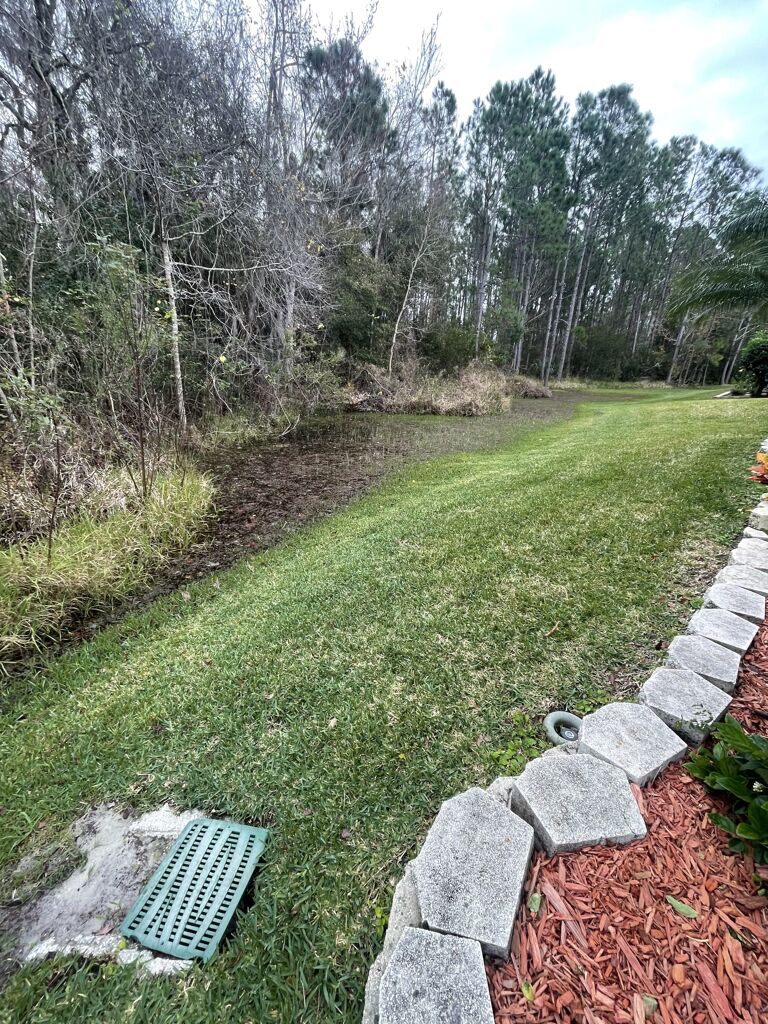
Lawn fertilizer is a specially formulated product designed to provide essential nutrients to grass and plants, promoting healthy growth and vibrant greenery. The production of lawn fertilizer involves a careful combination of key components, and the numbers on the fertilizer bag, commonly referred to as the N-P-K ratio, represent the percentage by weight of three primary nutrients: nitrogen (N), phosphorus (P), and potassium (K).
Nitrogen (N):
- Nitrogen is a crucial component for promoting lush, green foliage and robust growth. It plays a vital role in photosynthesis, protein synthesis, and overall plant development. Nitrogen is
- typically derived from various sources, including urea, ammonium sulfate, or organic materials like composted manure.
Phosphorus (P):
- Phosphorus supports root development, flower and fruit formation, and overall energy transfer within the plant. It is a key component of DNA, RNA, and ATP (adenosine triphosphate).
- Phosphorus sources in fertilizers include phosphate rock, superphosphate, and bone meal.
Potassium (K):
- Potassium contributes to the overall health and resilience of plants. It aids in water absorption, enzyme activation, and disease resistance. Common potassium sources in fertilizers
- include potassium chloride and potassium sulfate.
The process of making lawn fertilizer involves blending these nutrient-rich components in precise ratios to create a well-balanced product that meets the specific needs of different plants and soil conditions. Manufacturers carefully calculate the N-P-K ratios to suit various stages of plant growth and specific requirements, such as promoting flowering or supporting root development.
The N-P-K ratio is represented on the fertilizer bag as three numbers separated by hyphens, indicating the percentage by weight of nitrogen, phosphorus, and potassium in the product. For example, a fertilizer with a ratio of 10-20-10 means it contains 10% nitrogen, 20% phosphorus, and 10% potassium.
Understanding these numbers allows homeowners and landscapers to select the appropriate fertilizer for their specific needs, whether it be promoting overall lawn health, encouraging flowering, or establishing new plantings. Additionally, specialty fertilizers may include micronutrients like iron, magnesium, and sulfur, providing a comprehensive solution for optimal plant nutrition.
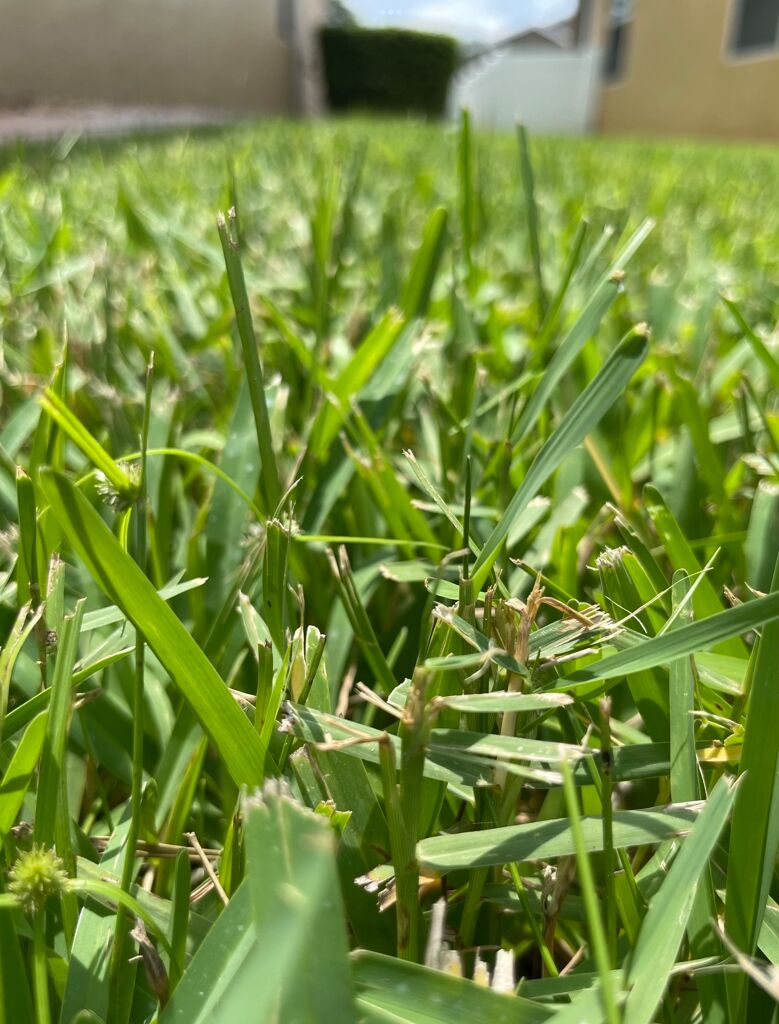
Weed Control:
Weeds pose a persistent challenge to maintaining the pristine beauty of Florida lawns. Spring, with its favorable growing conditions, demands vigilant weed control strategies. Pre-emergent herbicides, applied before weed seeds germinate, serve as a preventive measure to thwart weed growth. Selective herbicides target specific weed types without harming desirable grass varieties.
Proactive lawn management practices, such as proper mowing heights and consistent irrigation, further contribute to weed prevention. By creating conditions favorable for turf grasses, homeowners can create an inhospitable environment for weeds, minimizing the need for chemical intervention.
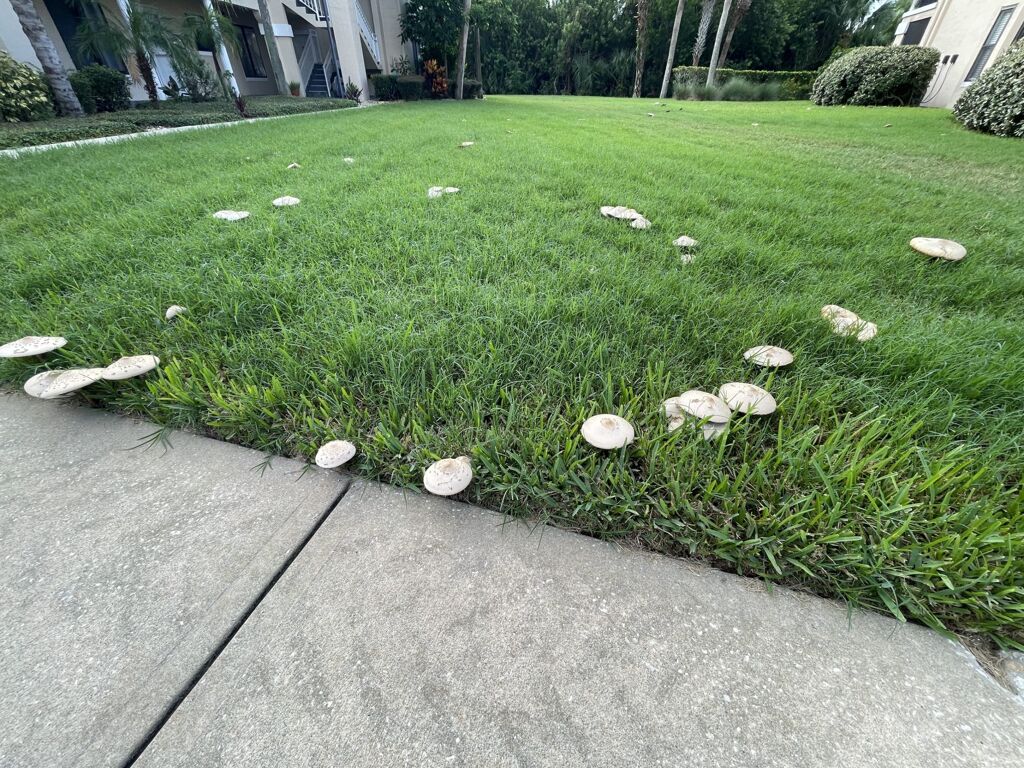
Liquid weed control is a method of applying herbicides in liquid form to target and eliminate unwanted weeds while minimizing harm to desirable grasses, such as St. Augustine grass. The effectiveness of liquid weed control and its selectivity lie in the formulation of herbicides and their mode of action.
Here’s how liquid weed control generally works:
Herbicide Formulation:
- Liquid weed control products contain herbicides designed to target specific types of weeds. Selective herbicides are formulated to affect certain weed species while sparing other plants, like grasses, that are commonly found in lawns.
Selective Herbicides:
- Many liquid weed control solutions use selective herbicides that exploit the physiological differences between broadleaf weeds and grasses. St. Augustine grass is a monocot, and most broadleaf weeds are dicots. Selective herbicides are designed to target dicots, leaving monocots unharmed.
Mode of Action:
- Herbicides in liquid weed control typically work by disrupting essential metabolic processes specific to dicot plants. Commonly, they interfere with processes like photosynthesis, cell division, or hormone regulation in a way that affects broadleaf weeds more than grasses.
Application Method:
- Liquid weed control is often applied through sprayers or spreaders, allowing for targeted and controlled application. The liquid adheres to the foliage of the targeted weeds, and the herbicide is absorbed by the plant, translocating throughout its system.
Post-Emergent and Pre-Emergent:
- Liquid weed control may be categorized as post-emergent or pre-emergent. Post-emergent products target existing weeds, while pre-emergent products prevent weed seeds from germinating. Both types can be selective, allowing them to address specific weed types without harming established grass.
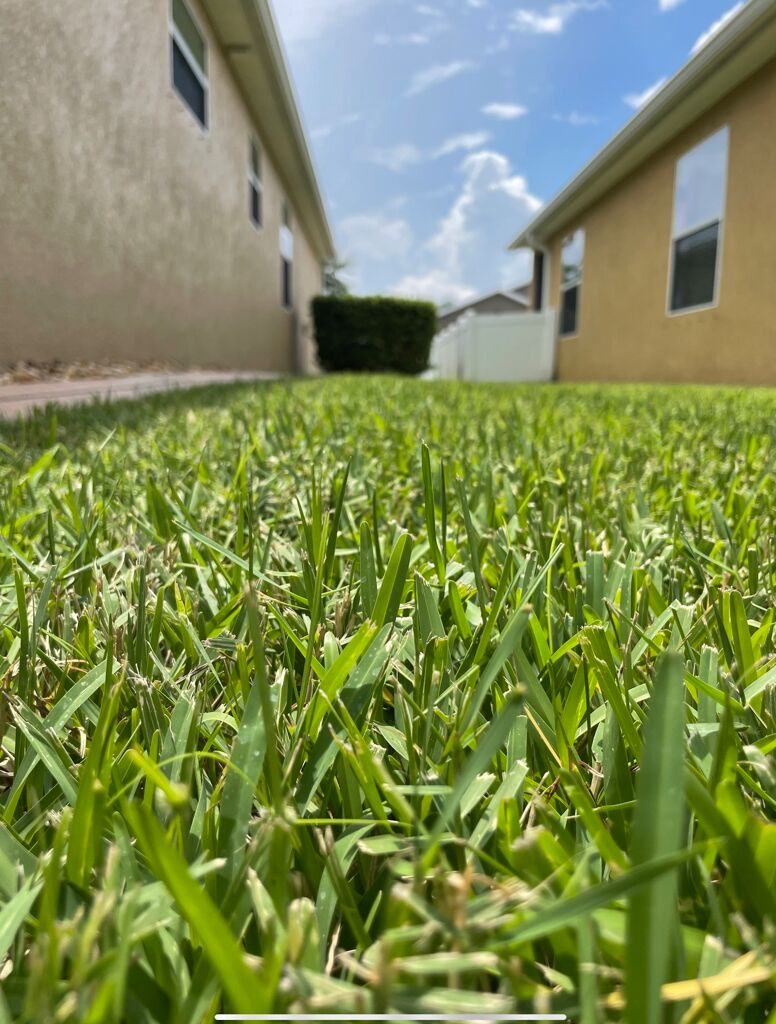
Why it doesn’t harm St. Augustine grass:
Physiological Differences:
- St. Augustine grass and broadleaf weeds have physiological differences that make selective herbicides effective. The selectivity is often based on factors like leaf structure, growth patterns, and metabolic processes unique to each plant type.
Formulation Expertise:
- Manufacturers carefully formulate liquid weed control products to ensure they effectively target broadleaf weeds without causing harm to desirable grasses. These formulations are the result of extensive research and testing.
Application Timing:
- Applying liquid weed control at the appropriate timing, when weeds are actively growing, enhances its effectiveness while minimizing impact on desirable grasses. Proper application practices contribute to the selectivity of the herbicide.
Follow Label Instructions:
- Adhering to the product’s label instructions is crucial. These instructions provide guidelines on application rates, timing, and specific details about the herbicide’s selectivity. Following these instructions minimizes the risk of unintended harm.
It’s important for users to choose the right liquid weed control product for their specific lawn and follow application guidelines diligently. Consulting with lawn care professionals can provide further guidance on effective and selective weed control tailored to the specific grass type and local conditions.
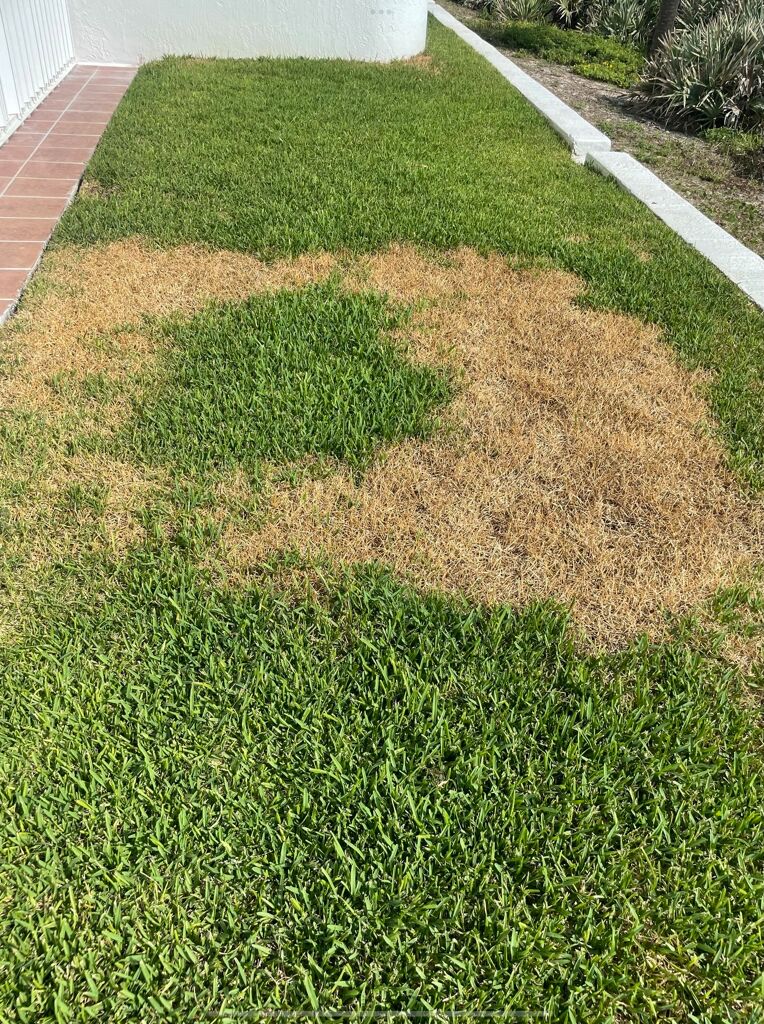
Disease Management:
Florida’s warm and humid climate creates an environment conducive to various lawn diseases. Effective disease management in the spring involves a combination of preventative measures and targeted treatments. Proper lawn care practices, including adequate aeration, regular dethatching, and well-timed irrigation, contribute to disease prevention by reducing favorable conditions for pathogens.
Fungicides may be employed when disease risks are heightened, targeting specific pathogens while preserving the overall health of the lawn. Early detection and swift intervention are critical in mitigating the impact of diseases such as brown patch, dollar spot, and rust, which are prevalent in Florida’s climatic conditions.
Fungicides are chemical substances designed to control or prevent the growth of fungi that cause diseases in plants. These diseases can negatively impact crop yields, plant health, and overall agricultural productivity. Fungicides play a crucial role in protecting plants from fungal infections, ensuring the sustainability of agriculture.

How Fungicides Work:
Fungicides work through various mechanisms to combat fungal infections:
Disruption of Cell Membranes:
- Many fungicides target the cell membranes of fungi, disrupting their structure and function. This interference compromises the integrity of fungal cells, leading to cell death.
Inhibition of Enzymes:
- Certain fungicides interfere with key enzymes essential for the fungi’s metabolic processes. By inhibiting these enzymes, the fungicides disrupt critical biochemical pathways, hindering fungal growth and reproduction.
Disruption of Cell Division:
- Fungicides may target processes involved in fungal cell division. By disrupting mitosis or cell division, they prevent the fungi from proliferating and spreading.
Inhibition of Spore Germination:
- Some fungicides work by preventing the germination of fungal spores. This inhibits the initial stages of infection and helps contain the spread of the disease.
How Fungicides Are Applied:
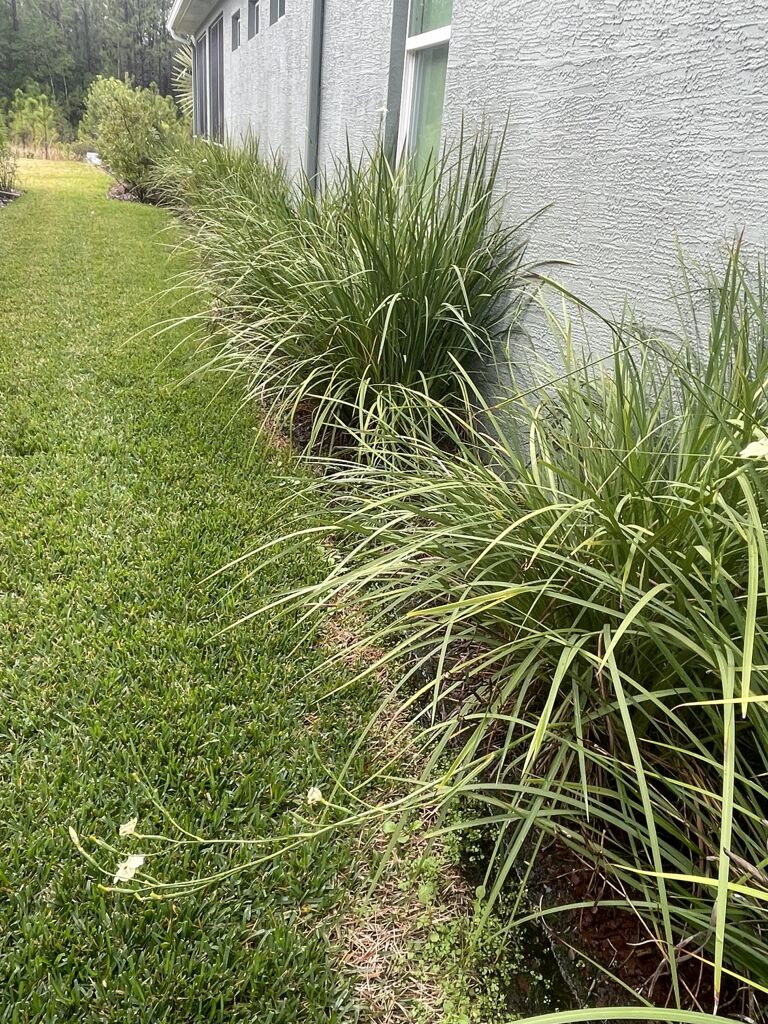
The application of fungicides involves several considerations to ensure effective control of fungal diseases:
Timing:
- Fungicides should be applied at the right timing, considering the specific stage of the plant and the life cycle of the targeted fungus. Preventative applications are often recommended to protect plants before disease onset.
Application Methods:
- Fungicides are applied using various methods, including foliar sprays, soil drenches, seed treatments, and trunk injections. The choice of application method depends on the type of fungus, the affected plant part, and the desired mode of action.
Coverage:
- Adequate coverage of plant surfaces is crucial for fungicide effectiveness. This ensures that the fungicide reaches and protects susceptible parts of the plant, such as leaves, stems, and fruit.
Rate and Concentration:
- Following recommended application rates and concentrations is essential. Applying too little may result in insufficient disease control, while excessive application can lead to environmental concerns, resistance issues, or phytotoxicity.
Rotation and Mixing:
- To prevent resistance development in fungi, it’s advisable to rotate fungicides with different modes of action. Additionally, some fungicides can be tank-mixed to enhance their spectrum of control and reduce the risk of resistance.
Weather Conditions:
- Fungicide application is influenced by weather conditions. Rainfall or irrigation shortly after application can impact efficacy, so proper timing in relation to weather events is crucial.
Safety Precautions:
- Users must follow safety precautions outlined on the fungicide label. This includes wearing appropriate protective gear and adhering to recommended application practices to minimize risks to humans, animals, and the environment.
In summary, fungicides are vital tools in plant disease management, providing a targeted approach to control fungal infections. Proper application, considering factors such as timing, coverage, and safety precautions, is essential for maximizing their efficacy and minimizing potential adverse effects.
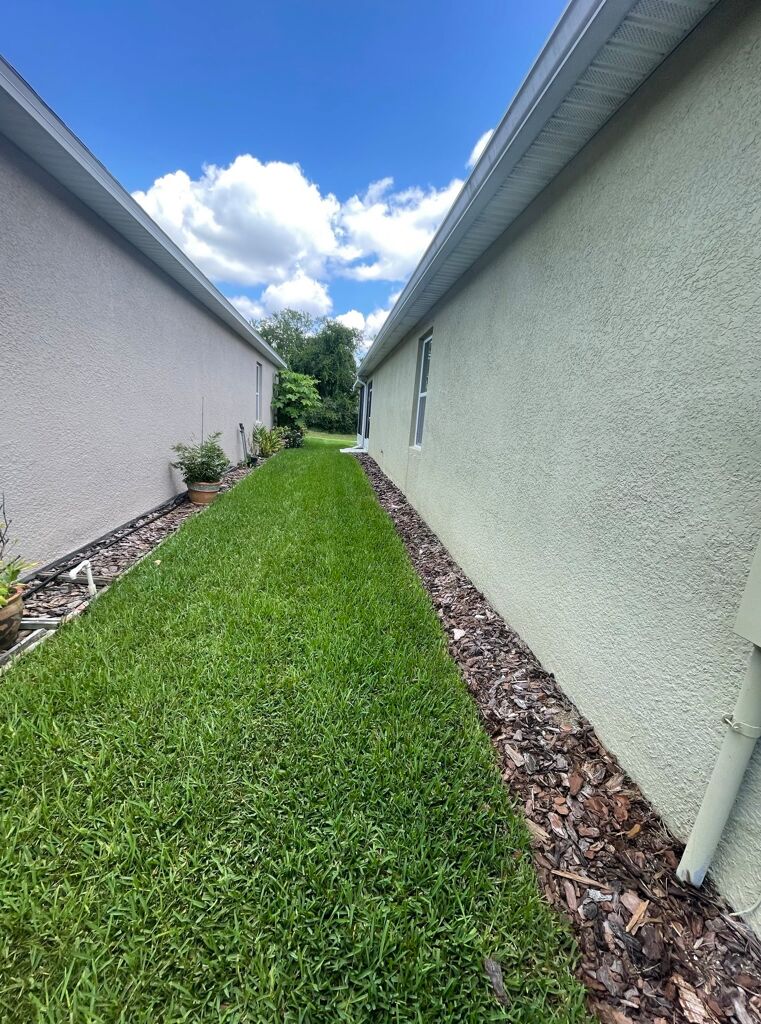
As you can see, cultivating and maintaining a vibrant lawn in Florida requires a comprehensive approach that encompasses spring fertilization, weed control, and disease management. By understanding the unique challenges posed by the state’s climate, homeowners can implement proactive measures to enhance the health and aesthetics of their lawns. The synergy of proper fertilization, vigilant weed control, and targeted disease management ensures that Florida lawns thrive under the radiant sun, contributing to the allure of the Sunshine State’s landscapes.
At Dave’s Pest Control, our exceptionally trained technicians utilize top-tier products to provide exceptional service, ensuring unparalleled results. Contact us today to receive a complimentary estimate for your home, business, or condominium.
If you see one more bug, call Dave’s !
